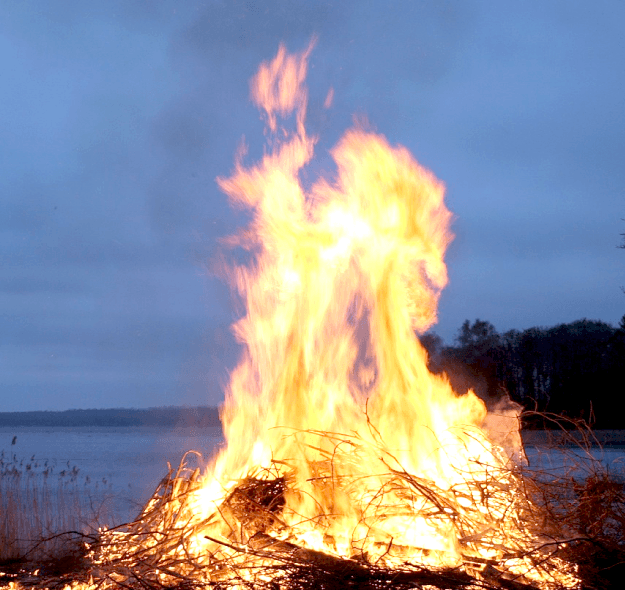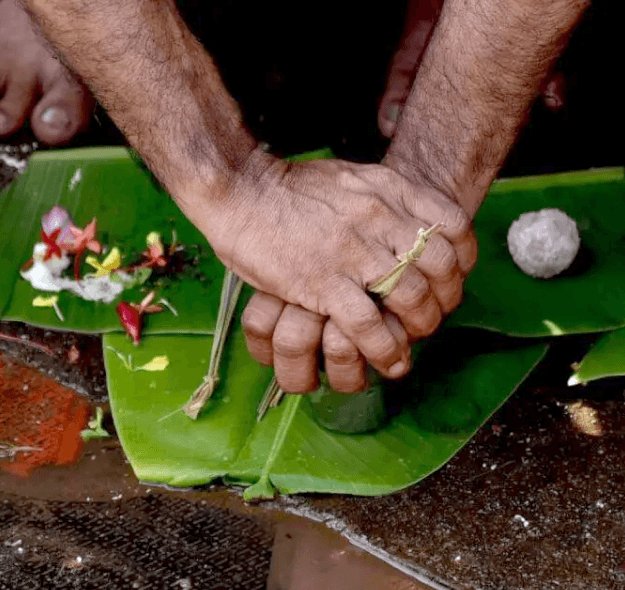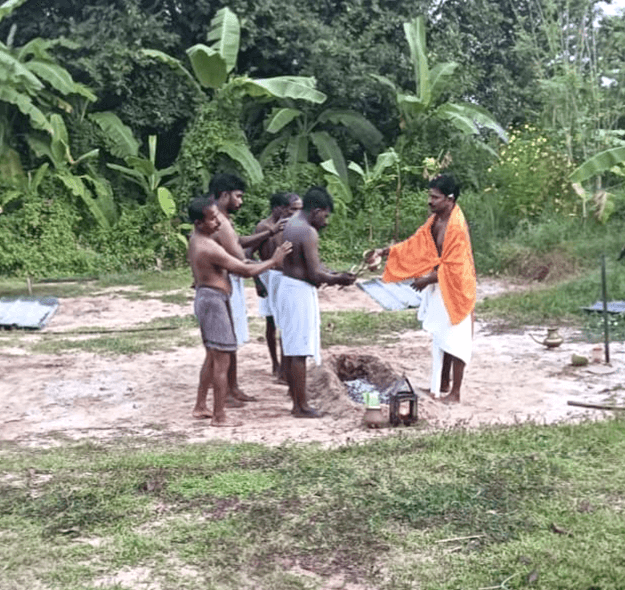


Cremation is a term coined to represent final disposition of a dead body through burning. It serves as a post funeral rite and is an alternative to burial. Different religions follow different funeral customs and some countries including India and Nepal follow ancient traditions like cremation on an open-air pyre.
Paying all funeral rites is a basic human right. Cremation may replace traditional burial methods when graveyard space becomes more scarce in metropolitan areas and as objections are addressed.
Paying all funeral rites is a basic human right. Cremation may replace traditional burial methods when graveyard space becomes more scarce in metropolitan areas and as objections are addressed.
There may be many questions regarding cremation because so much of the process takes place behind closed doors.This article tries to clarify any doubts regarding cremation services at Ivor Madom so that you can make an informed choice about whether and how to arrange a funeral cremation service.
The technique of cremation uses high heat to reduce a deceased person’s body parts to ashes. A single deceased person is placed in a specially constructed cremation chamber where they are subjected to extreme heat.
Small fragments of bone that are left behind after cremation are removed from the cremator, cooled, and then put in a machine that turns them into ashes. The ashes that are placed in a container are these. The family has the option of receiving the deceased person’s ashes following the cremation.
The casket would be brought to the place. It is then put on a catafalque, a platform that is often elevated, adorned, and visible to all. A cremation funeral service normally lasts about 30 to 45 minutes. Numerous hymns, musical selections, and eulogies might be included in the order of service for a cremation. The coffin is often hidden from view as the ritual comes to a close so that mourners can pay their last respects before the cremation. Since cremations typically take place away from mourners and family members, unlike burials, they can appear to be the most enigmatic aspect of funerals.
Hinduism holds the view that after death, a person’s soul reincarnates into a new body. Hindu funeral customs are based on the concept of reincarnation. Even though Hinduism is the third-largest religion in the world, it might be difficult to discover information on the traditions and practices of a Hindu Antyeshti (funeral).
Cremation of the deceased’s body is a frequent practice. Hindus have little regard for the physical body. Hindus think that the physical body might stop the soul from continuing on its next journey. The funeral will therefore be held by the decedent’s family as soon as practicable. In Hindu funerals, cremation serves the purpose of severing the soul’s connection to the body it is departing in order to allow it to progress toward mukti (freedom from a continuous cycle of death and rebirth).
Only infants, children, and saints who are thought to be pure and unattached to their bodies are not normally burnt in Hinduism; instead, they may be buried.
Although there is a standard set of Antyeshti (Hindu Funeral) ceremonies, each group and sect has slightly unique customs.
When it is certain that a death is imminent, the following actions are routinely taken. Get in touch with a priest so that they can provide the appropriate direction and, if needed, be present for a ceremony. Work with the medical personnel to ensure that the tasks are completed if the patient is in a hospital.
The person should be sprinkled with holy ganga water from the Ganges River and/or have it poured into their mouth. Chant heavenly names when giving out the water, such as Ram, Krishna, Shiva, etc. Purified water may be used in its place if Ganga water is not accessible.
Hare Rama Hare Rama Rama Rama Hare Hare Hare Krishna Hare Krishna Krishna Krishna Hare Hare Shiva Shiva Shiva Shiva Shivaya Nama Om Hara Hara Hara Hara Haraya Nama Om Om Namo Narayanaya ! Om Namo Narayanaya !
Before cremation, many families typically have a brief wake, which is generally held in the family’s house but is sometimes arranged at the funeral home or crematorium. During the wake, loved ones frequently assemble around the coffin and may sing hymns or recite mantras. The coffin is taken out feet first and brought to the cremation site when the wake is over.
The cremation must occur as quickly as possible, ideally between 24 and 48 hours after the death. During the ceremony, a selected family member gives the Kartaa—the person carrying out the rites—powers. The timing of cremation should fall between sunrise and sunset.
A Hindu priest is frequently the officiant and handles all Hindu funeral procedures, guiding the family and other mourners in the numerous rituals. Chanting, prayer, and singing are all done during the event. Sometimes flowers or rice balls (pind daan) are placed.
Usually a day or two after the cremation, the crematoriums give the cremated remains (asti). Transfer the ashes to an environmentally safe container that dissolves in water. The container must be transported with care and kept in a secure area.
Some families wish to take ashes to immerse in the Holy Ganga, sometimes at pilgrimage centers such as Haridwar. It is advised that ashes should be immersed as soon as possible after death, preferably before the tenth day. The individual who performed the cremation should ideally perform the immersion. A close friend or relative can also carry out this rite.
“Naarayana Naarayana Naarayana”.
Asthi Sanchaya is the rite of picking up the charred bones of a dead person after cremation in Hindu religion. It is collected on the 3rd, 5th, 7th or 9,th day after cremation. This is an important ritual after cremation.
The performer of the rites walk thrice around the spot where the body is cremated, with his/her left side turned towards the spot, sprinkles milk mixed with water with shami branch. The person mutters the Vedic mantra sittike (Rig Veda 10.16.14).
After this, with the thumb and fourth finger of the left hand, the person picks and puts each bone, with closed eyes into an earthen pot, without making a rattling noise.The bones of feet are taken first and those of head last. It is then put in a pit, or kept at the root of a tree, or hung from the branch of a tree.The bones are immersed in the sacred river or sea.